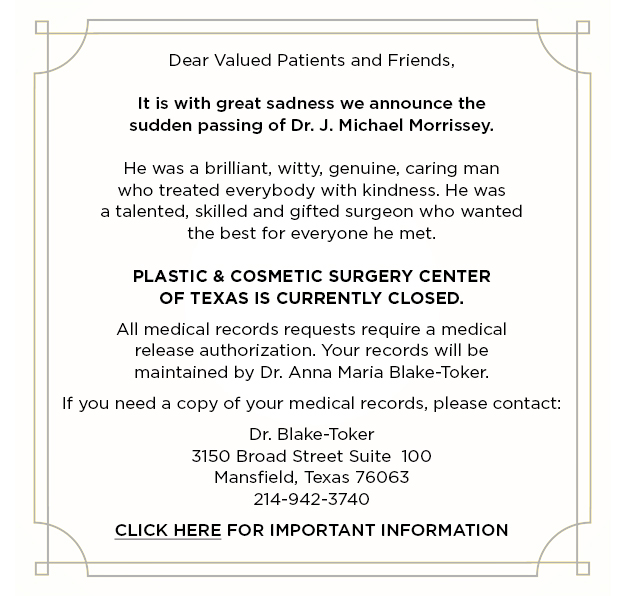![]()
Considering breast augmentation? The decision to have breast augmentation surgery is a very personal one. You owe it to yourself to do your homework prior to undergoing the procedure. Arm yourself with information!
Choosing a surgeon:
This is by far your most important decision. To ensure your surgeon is truly specially trained in plastic surgery, check out the American Society of Plastic Surgeons website www.asps.org. The surgeons listed on this site have completed an accredited training program in Plastic Surgery and have achieve certification by the American Board of Plastic Surgery to perform both cosmetic and reconstructive surgery of the face and body. Beware of surgeons espousing their certification in other official sounding “boards”. They may not be specifically trained in plastic surgery or surgery at all!
Once you have found a surgeon certified by the American Board of Plastic Surgeons that you can trust and feel comfortable asking questions, he or she can help you make the decisions necessary for a successful surgery and long-term outcome.
Silicone vs Saline
The first decision is the type of breast implant filler. Silicone gel vs. saline. Silicone gel implants come pre-filled to various volumes and tend to feel more like a natural breast. Saline filled implants tend to feel a bit firmer as they are filled at the time of surgery to such a degree as to prevent deflation. Saline implants may show visible rippling in very thin women.
Under the muscle or on top of the muscle?
The next decision is where the implant will be placed, above or below the muscle. Plastic Surgeons prefer to place the implant under the muscle as this has a lower rate of the complication of capsular contracture. This is the most common, albeit rare, complication of breast augmentation in which the breast becomes firm or hard due to thickening of the usually thin scar tissue or “capsule” surrounding the breast implant. Placing the implant on top of the muscle may be an option for women who have lost volume of the breast either due to weight loss or pregnancy and do not want additional scarring that would be necessary in a breast lift or mastopexy.
Incision placement:
The most common incision sites for breast augmentation are within the breast crease where the underwire of a bra rests, around the darker pigmented skin of the areola, and in the armpit. Most surgeons have their preference for one type of incision or another based on their ability to visualize the anatomy and dissect the pocket within which the implant will reside.
Breast Implant Size
The next decision, and probably the most important, is the size of the implant. Unfortunately, implants do not come in B, C, D or DD cup sizes. Implants come in different volumes in milliliters. This is where it is most important to communicate with your surgeon. Photos of women of similar body type with a desired bust size are helpful to the surgeon. Some plastic surgery practices offer a computer imaging program that can digitally enhance the appearance of the breasts in order to help you determine the size best suited to you. The use of “sizers” is probably most common. These are “test drive” implants that can be placed within the bra to give an idea of how a certain size implant may look on you. Today most women seek a full, but proportionate bust line that does not scream “I have implants”!
Where will the surgery be performed?
Breast augmentation, like most cosmetic plastic surgery, is typically performed in Ambulatory Surgery Centers (ASC) and not hospitals. This has the advantage of safety as well as privacy. Be sure that the surgery center is accredited and state certified for safety in terms of equipment and personnel experienced in responding to emergency situations.
Surgery and Recovery
Breast augmentation, in experienced hands, is an outpatient surgery that takes 45-75 minutes under a general anesthetic. Typically, you will be able to return home 1-3 hours after surgery with a prescription for pain medication for several days. Most women are able to return to work in 2-3 days depending upon the physical demands of their job.
J. Michael Morrissey, MD is a board certified
Plastic Surgeon in Plano.

